As niche strategies were adopted by various car-makers to increase sales in the 1960s – from cheap to expensive, from sporty to luxurious – BMW’s ‘New Class’ found itself pitched against Alfa Romeo’s high-priced, sporting machines. The reference to Italian automotive engineering and design was even reflected in the development of the brand’s core values – not only because Munich is closer to Italy than Wolfsburg or Stuttgart, but also because it was one of the main target markets at the time. “Even today, you can say that BMW is the most Italianate of the German brands,” says design chief Karim Habib.
BMW 2002 GT4 Coupé by Frua
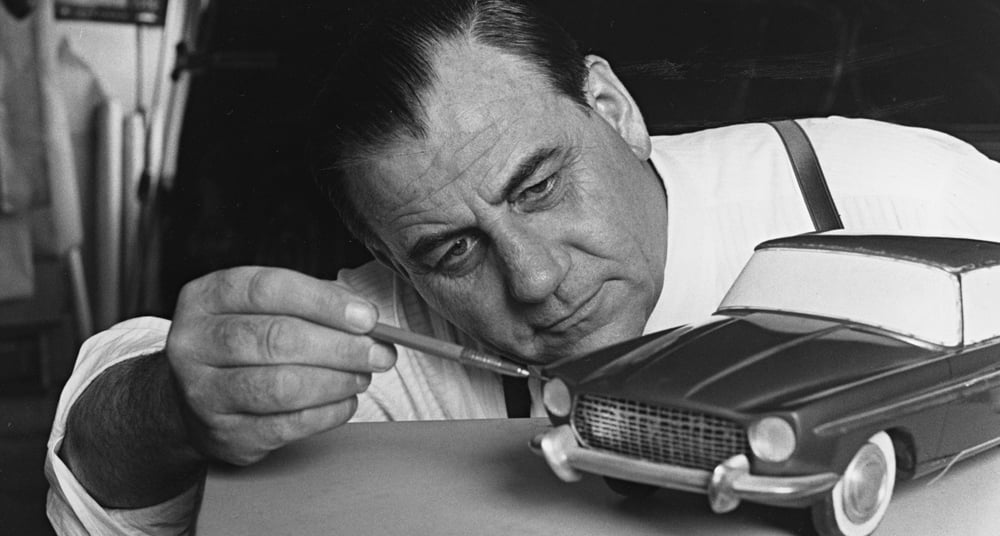
“One of my Italian highlights is this 2002-based design by Pietro Frua from 1969,” explains Habib. “The silhouette, with the fastback roofline and distinctive C-pillar, was not typical BMW. It’s almost as if the GT4 Coupé were an early pioneer of today's GT series. It’s also interesting to see how large the proportion of glass surfaces were back then, in comparison to the body. It seems elegant and Italian-influenced, particularly from the front three-quarter view. Even though it was quite different to what was being produced in-house at the time, the Frua Coupé fits the 1960s brand ideology perfectly.”
BMW 3200 CS Bertone
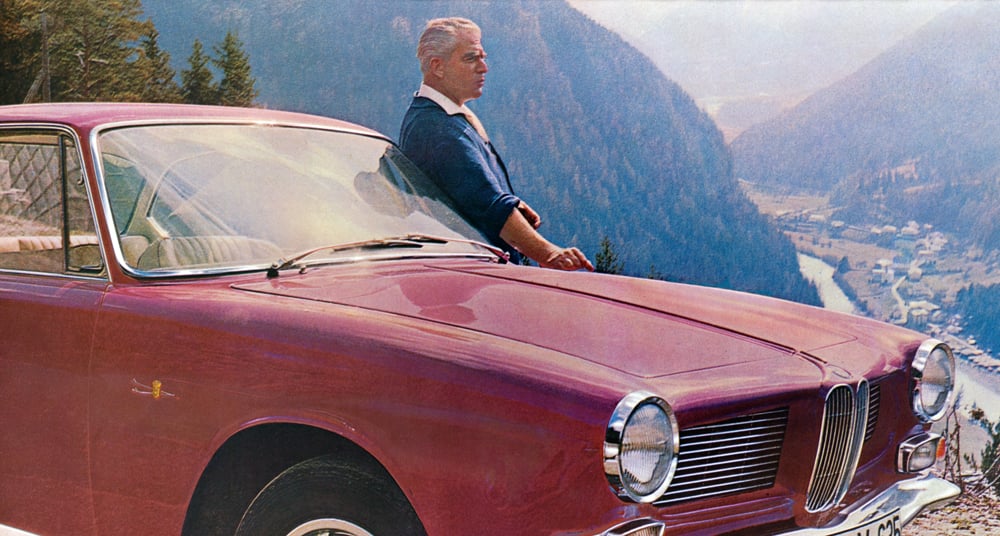
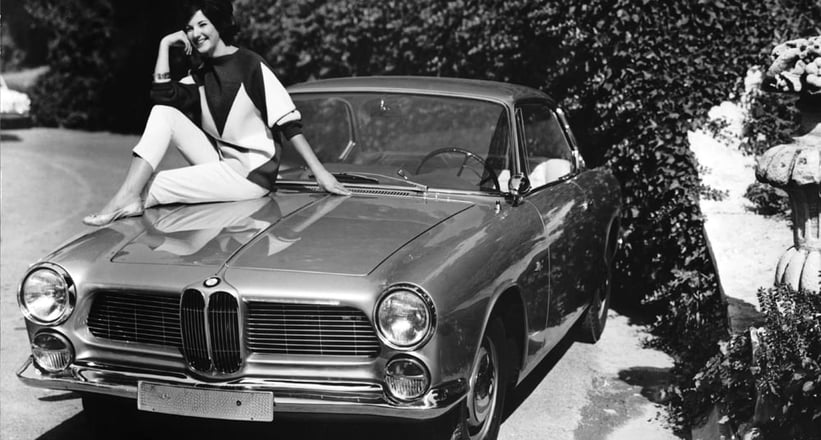
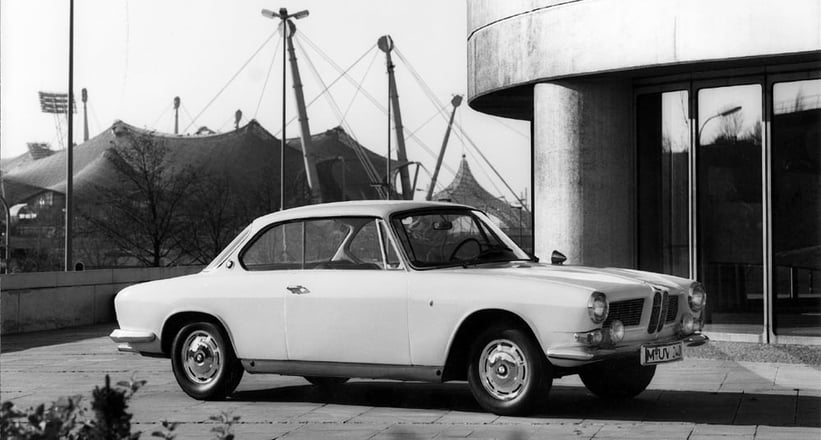
Another Italian design to find favour with the current design chief is the BMW 3200 CS Bertone. “I don’t think the car is very well known, but it was formative for the brand – a very nice, lightweight and balanced design,” says Habib. “It was only a few months ago that BMW first gave me the chance to drive one, and I thought to myself: isn’t a designer’s life wonderful?” Habib finds the greenhouse particularly elegant: “Many cars at that time had very thin pillars, but on this car in particular the lines look very coherent.” In addition, the BMW 3200 CS was the first car to sport the now-famous Hofmeister kink.
BMW 2002 Touring
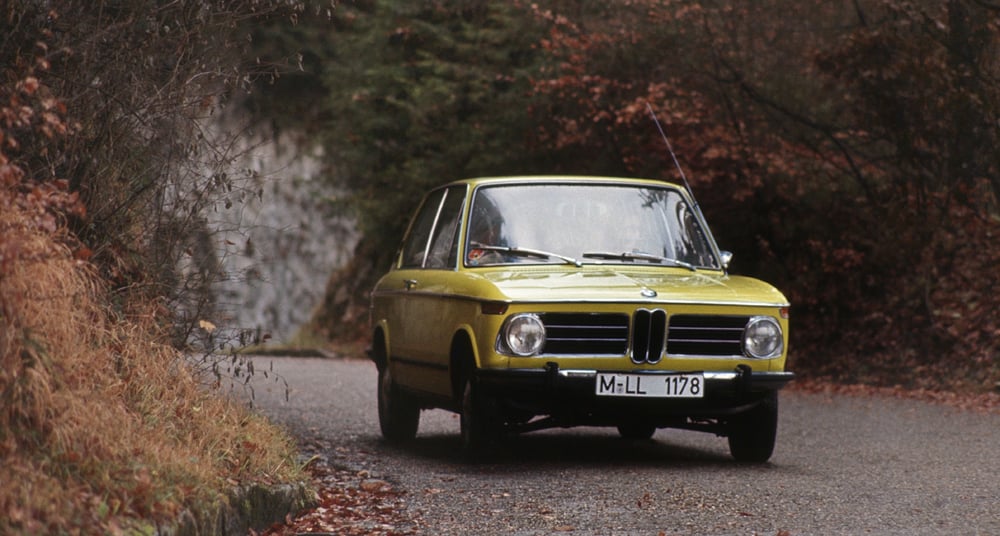
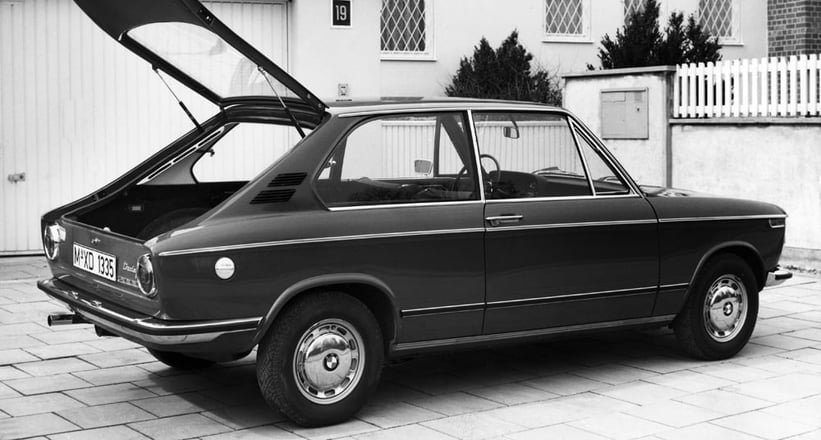
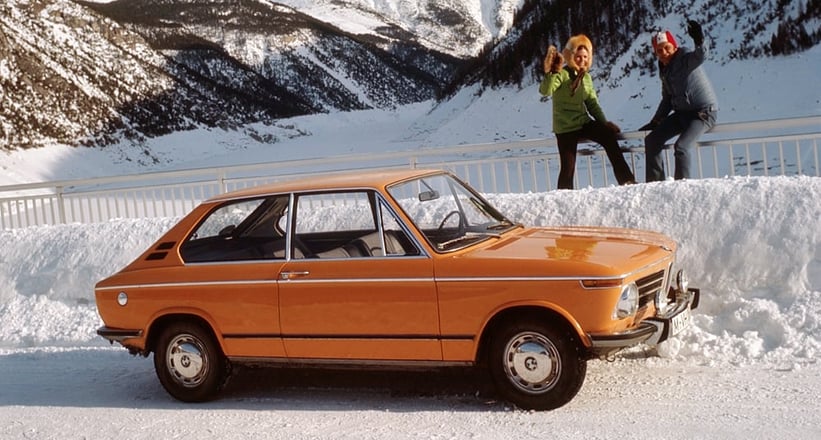
The talent of creating a niche within a niche – and the ability to build sporting cars that also retain an air of practicality – is one long associated with BMW’s engineers. One example is the 2002 Touring, incidentally the first model to use the now-common suffix of Touring. “The design is perhaps slightly less elegant than that of the three-door 2002, but remains well-executed nevertheless – and don’t forget, it’s a symbol for the brand and its strong innovative spirit,” points out Habib. “Looking back at it today, it’s almost a cross between a hatchback and a shooting brake.”
BMW 2000 CS
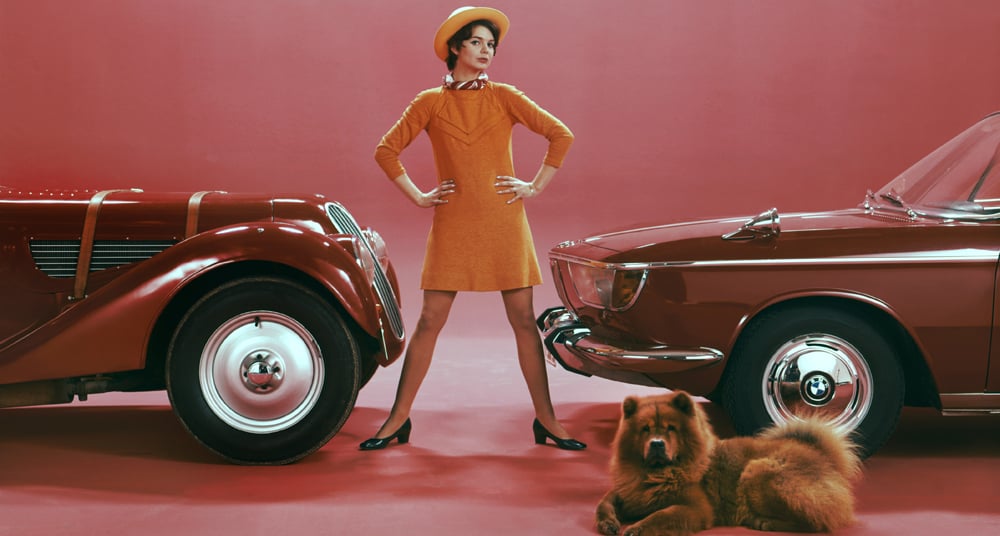
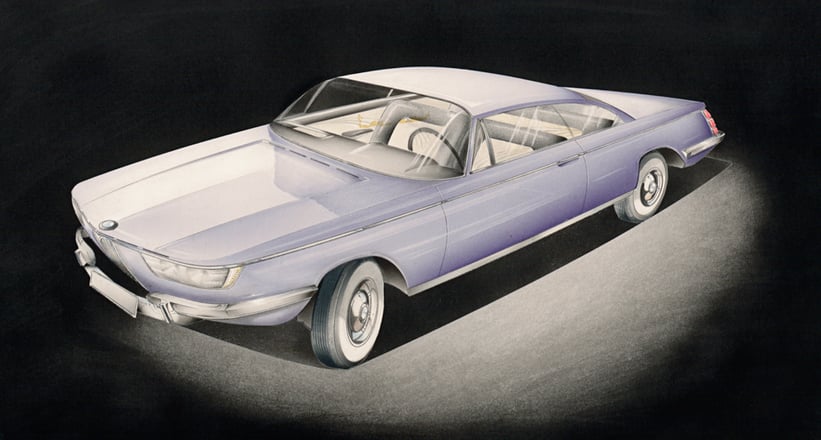
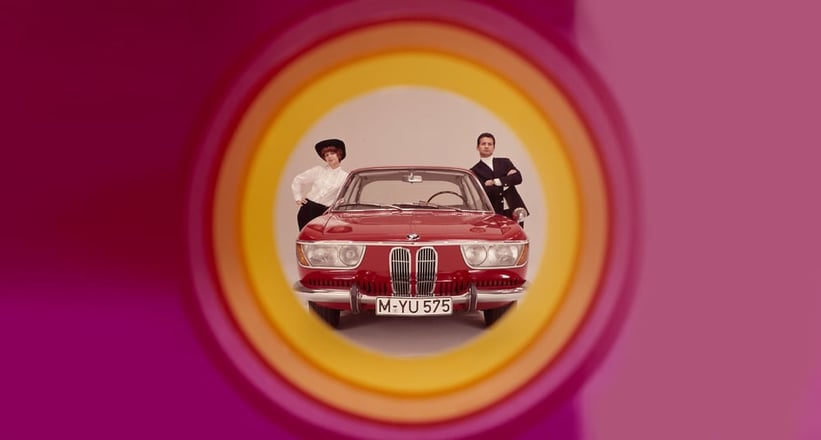
“The BMW 2000 CS is not necessarily the best design in the history of BMW – I say this quite openly. And yet, in a sense, it’s a real gentleman’s car. Just the other day, I saw a 2000 CS on the road in Munich and I have to say: the car has a certain something about it, even if I don’t entirely know what it is,” says Habib. “Its predecessor, the 3200 CS, is by comparison more elegant, sporting, and corresponds more to the present-day character of BMW,” Habib explains, “but sometimes even the designs that overshoot their goal develop their very own charm.”
BMW 1600 GT
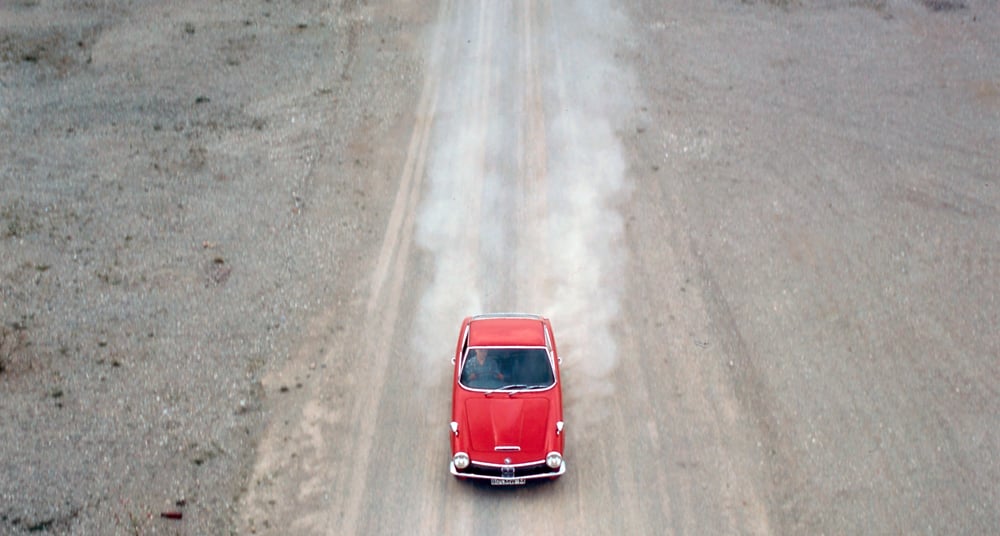

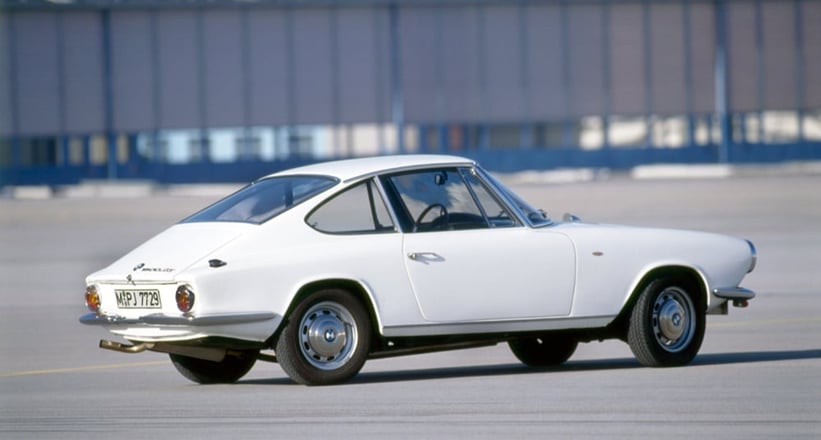
The BMW 1600 GT was the only model directly spawned by the Bavarian firm’s takeover of Glas in 1966. Inheriting an engine and some styling tweaks from its new parent company, the car was now to wear the blue-and-white roundel. “I find it interesting to see just how small the car is. The Hofmeister kink and round tail-lights are clearly in line with BMW’s character at the time, yet it still looks a little bizarre,” says Habib. “A naïve vision of a strong, athletic future.”
Photos: BMW Group Archive




























